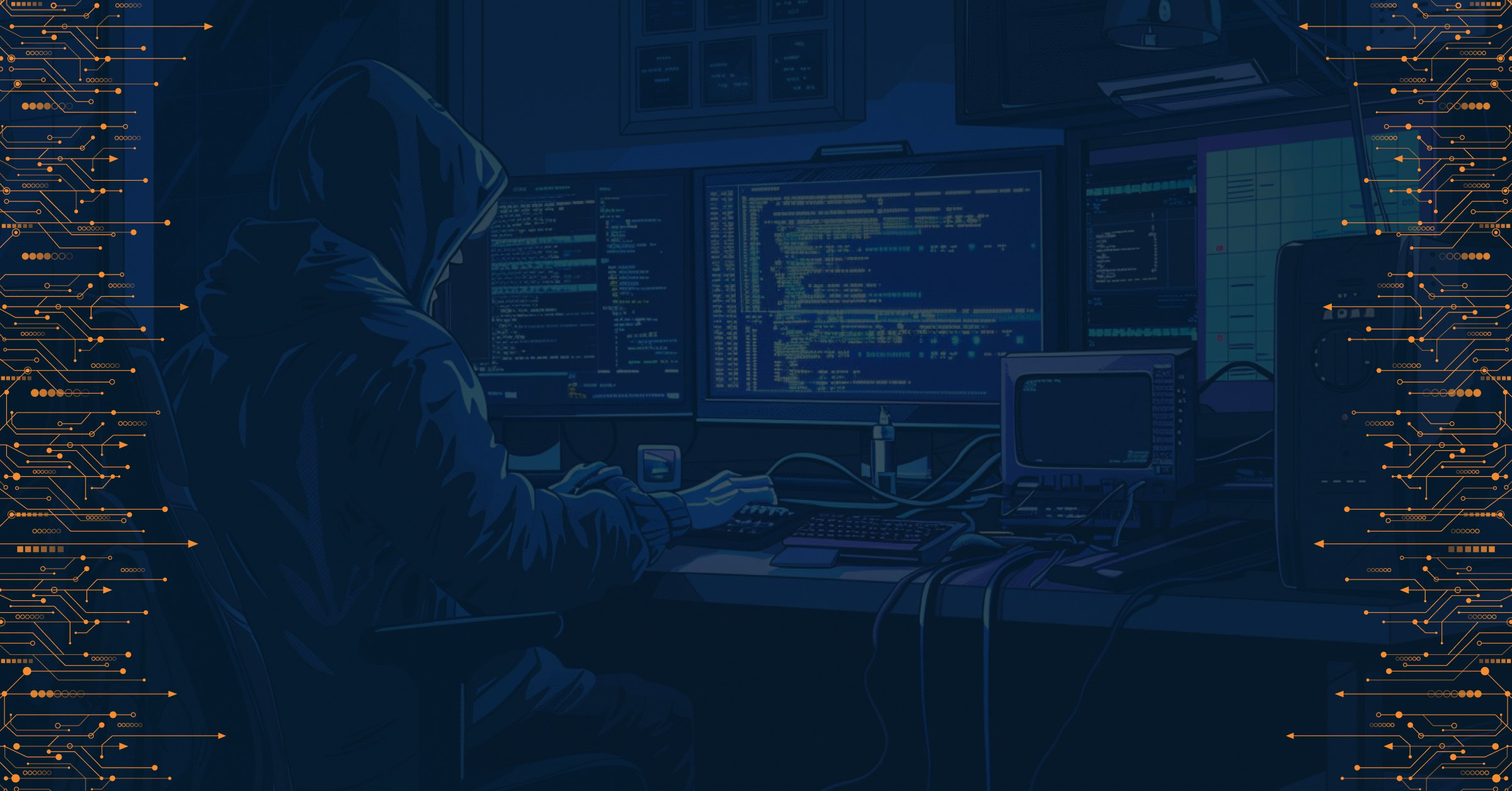Organizations face an escalating array of digital threats that necessitate a proactive and informed approach to defense. Threat Intelligence (TI) has emerged as a crucial component in fortifying digital resilience, providing organizations with valuable insights into potential threats and vulnerabilities. This article delves into the intricate landscape of threat intelligence, offering comprehensive guidance on how to use it efficiently across diverse domains such as corporate cybersecurity, brand protection, fraud prevention, and security operations centers.
Defining the Main Objectives of Threat Intelligence
At its essence, threat intelligence serves as the cornerstone of an organization's cybersecurity strategy. It empowers security teams to make informed decisions by identifying, analyzing, and mitigating potential threats. The objectives of threat intelligence vary across industries and sectors, making it imperative for teams to tailor their approach to the unique challenges they face. Corporate cybersecurity teams, brand protection teams, and security operations centers must align their TI objectives with broader organizational goals, whether it be safeguarding sensitive data, ensuring business continuity, or protecting customer trust.
For instance, within the healthcare sector, the primary objective might be to secure patient data and maintain the integrity of medical systems. In defense, the focus could be on safeguarding sensitive government information. Understanding these specific objectives is foundational to developing an effective TI strategy that addresses the organization's vulnerabilities and aligns with its overall mission.
Tailoring Threat Intelligence to Specific Needs
A one-size-fits-all approach is not only impractical but potentially detrimental in the realm of cybersecurity. Each organization faces a unique set of challenges and risks, demanding a tailored approach to threat intelligence. Customizing the type and depth of intelligence collected ensures that organizations focus on the threats most relevant to their operations.
In healthcare, for instance, the emphasis might be on protecting patient records and medical infrastructure. Defensecontractors, on the other hand, may prioritize the safeguarding of sensitive government contracts and intellectual property. By understanding the unique risk landscape, security teams can tailor threat intelligence to address their organization's vulnerabilities effectively.
Understanding Threat Prioritization
The sheer volume of potential threats in the digital realm is overwhelming. Identifying and prioritizing these threats is a critical aspect of using threat intelligence efficiently. Adopting a risk-based approach allows organizations to evaluate the potential impact and likelihood of each threat, enabling them to allocate resources effectively and respond promptly. This prioritization ensures that efforts are concentrated where they are most needed, enhancing overall cybersecurity posture.
For example, in the insurance sector, where the protection of sensitive client information is paramount, threat prioritization might involve focusing on threats that directly impact data confidentiality. By understanding and categorizing threats based on their relevance to specific sectors or organizational functions, security teams can optimize their response strategies.
Sharing Intelligence in the Cyber Field and Across Sectors
The digital ecosystem is interconnected, and threats often transcend organizational boundaries. Establishing robust channels for information sharing is crucial in creating a collective resilience against cyber threats. This collaborative approach is particularly relevant in sectors such as defense, where the implications of a breach can extend beyond individual organizations to impact national security.
Platforms that facilitate the exchange of intelligence play a vital role in this collective effort. Whether within the corporate realm, healthcare, defense, or insurance sectors, collaboration strengthens the collective resilience of the cybersecurity community. Threat intelligence sharing not only enhances the ability to respond to emerging threats but also fosters a sense of common purpose and shared responsibility in the fight against cybercrime.
Fostering Cybersecurity Awareness and Training
While technological solutions are vital, the human element remains a critical component of effective threat intelligence. Employees at all levels of an organization must be equipped with the knowledge and skills to identify and respond to potential threats. This is particularly relevant in sectors such as healthcare and defense, where the stakes are exceptionally high.
Regular training sessions, simulated phishing exercises, and awareness campaigns contribute to building a cybersecurity culture within the organization. In the healthcare sector, for instance, where patient confidentiality is paramount, ensuring that medical staff are well-versed in recognizing and responding to cybersecurity threats is essential. Similarly, defense personnel must undergo continuous training to stay ahead of evolving cyber threats that may compromise national security.
Evaluating What Works and What Doesn't
Continuous improvement is at the heart of any effective cybersecurity strategy. Regular evaluation of threat intelligence processes helps organizations identify strengths and weaknesses in their approach. Metrics such as mean time to detect (MTTD) and mean time to respond (MTTR) provide insights into the efficiency of threat detection and mitigation efforts.
This iterative process of assessment and adjustment ensures that the organization's cybersecurity posture remains adaptive to the evolving threat landscape. In the insurance sector, where the landscape of risks is dynamic and ever-changing, constant evaluation is necessary to stay ahead of emerging threats that could impact policyholders and the integrity of the insurance industry as a whole.
Enhancing Threat Intelligence through Automation
As the volume and complexity of cyber threats continue to rise, the role of automation in threat intelligence cannot be overstated. Automation streamlines the collection, analysis, and dissemination of threat intelligence, enabling security teams to focus on strategic decision-making rather than routine tasks. By leveraging automation tools, organizations can achieve real-time threat detection and response, significantly reducing the time and effort required to safeguard their digital assets. This technology is particularly beneficial in sectors such as corporate cybersecurity, where rapid response times are crucial for maintaining the integrity of sensitive information.
Conclusion
Mastering threat intelligence is imperative for organizations seeking to navigate the complex and ever-evolving cybersecurity landscape. Defining clear objectives, tailoring intelligence to specific needs, prioritizing threats, fostering collaboration, and investing in cybersecurity awareness are key pillars of an efficient TI strategy.
Contact us today to explore how tailored threat intelligence solutions can bolster your organization's cybersecurity posture. In healthcare, defense, insurance, and beyond, the proactive implementation of threat intelligence is the key to a secure digital future. As the digital realm continues to advance, the importance of robust threat intelligence practices becomes even more pronounced, ensuring that organizations are not merely reactive but proactive in the face of an ever-changing cyber threat landscape.

PRODAFT Team
Stay up to date
Browse Posts
Browse by topics
- Cybercrime awareness (15)
- Cybersecurity for Businesses (10)
- Risk management (7)
- Cybersecurity Tips (6)
- Digital safety (6)
- Proactive Threat Intelligence (6)
- Cyber threat protection (5)
- Cyberattacks (5)
- Risk intelligence (5)
- Threat Prevention (5)
- Data Protection (4)
- Network Security (4)
- Phishing (4)
- Supply chain risks (4)
- TTPs (4)
- Artificial intelligence (3)
- Critical network infrastructures (3)
- Malicious websites (3)
- Malware (3)
- Social engineering (3)
- Data breaches (2)
- Insider Threats (2)
- NIS2 Directive (2)
- Ransomware (2)
- CISOs (1)
- Cryptocurrencies (1)
- Cyber espionage (1)
- Cyber extortion (1)
- Cyber fraud (1)
- Cybersecurity Collaboration (1)
- DDoS Attacks (1)
- Deepfakes (1)
- DoS Attacks (1)
- Fake social media (1)
- Incident Response (1)
- Internet of things (1)
- Money Laundering (1)
- Multi-factor authentication (1)
- One-day vulnerability (1)
- Remote Work (1)
- Stealers (1)
- SystemBC (1)
- The Cyber kill chain (1)
- Threat Intelligence solutions (1)
- Tor browser (1)
- Traffic Distribution System (1)
- Zero-day vulnerability (1)
- dark web (1)
- deep web (1)
- keyloggers (1)
- social media (1)
- spoofing (1)
- threat detection (1)

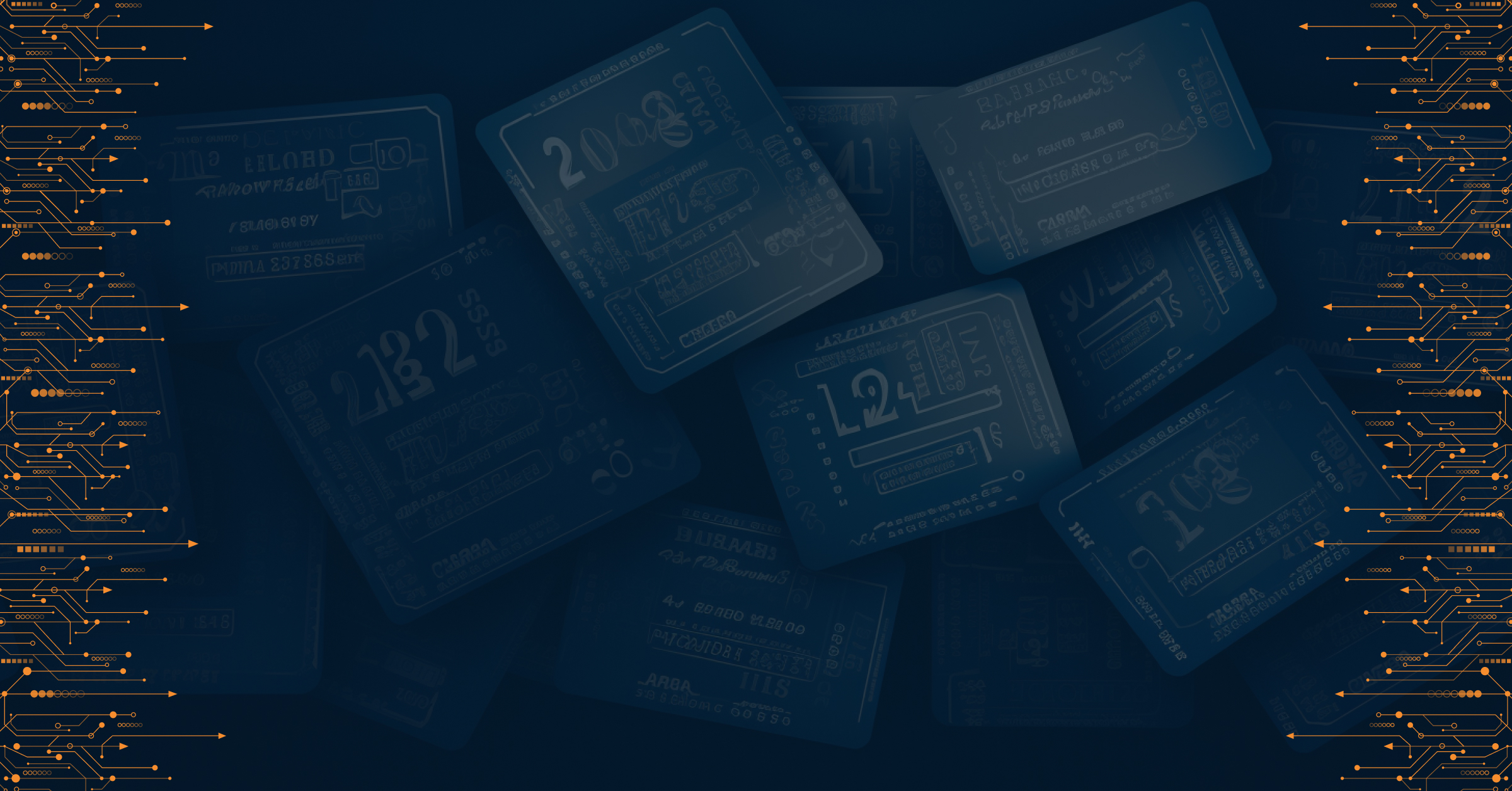

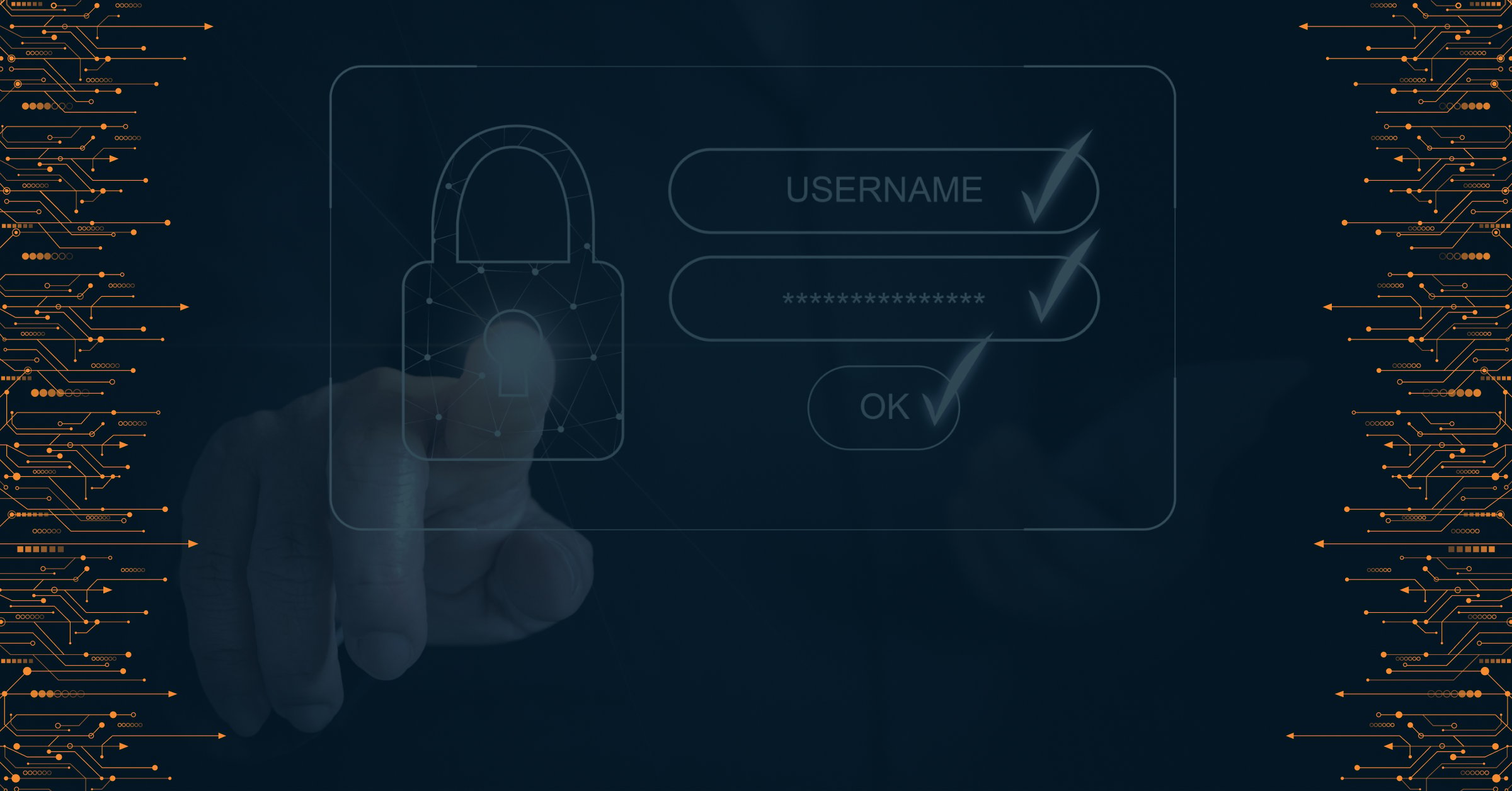


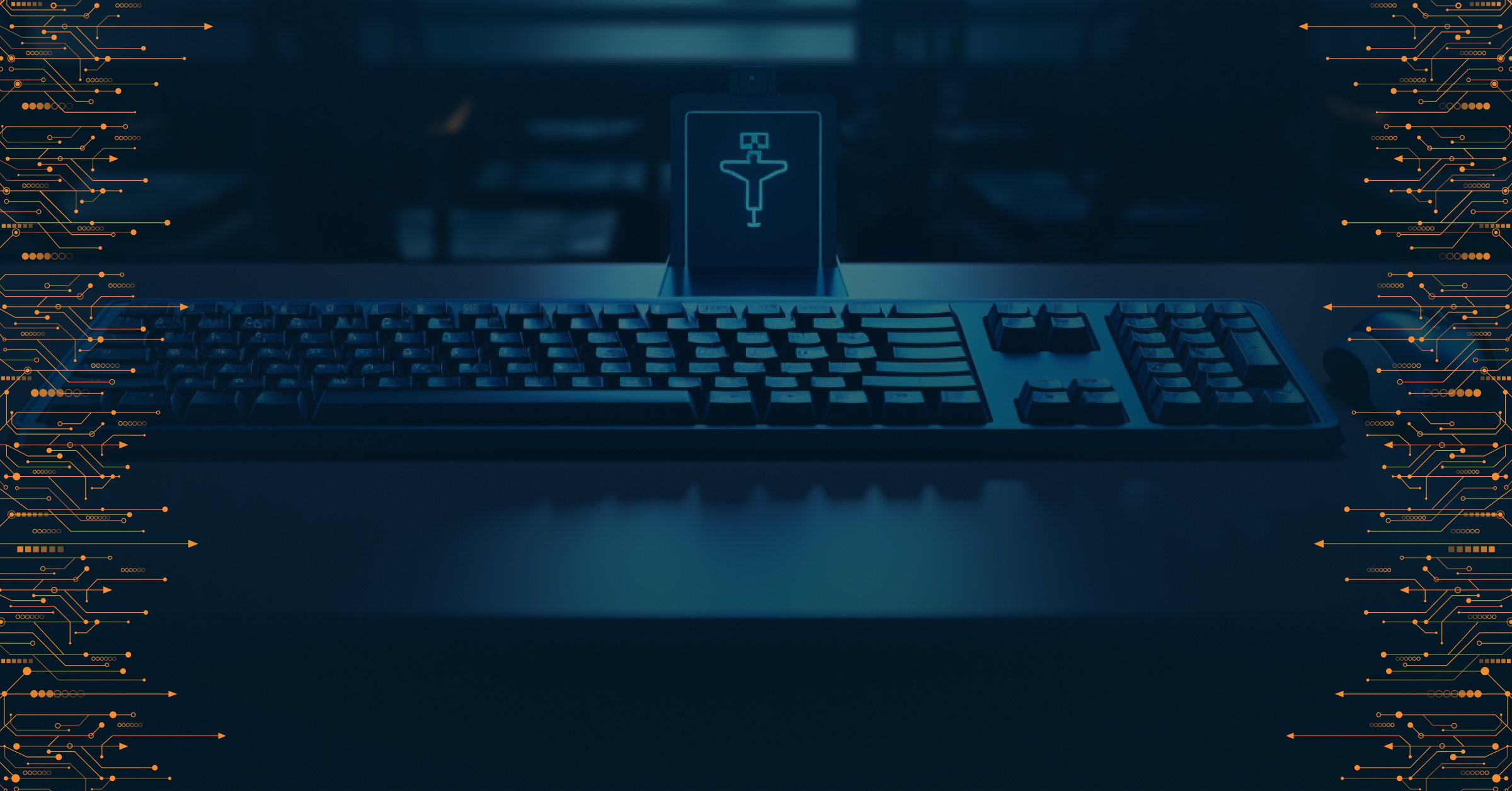


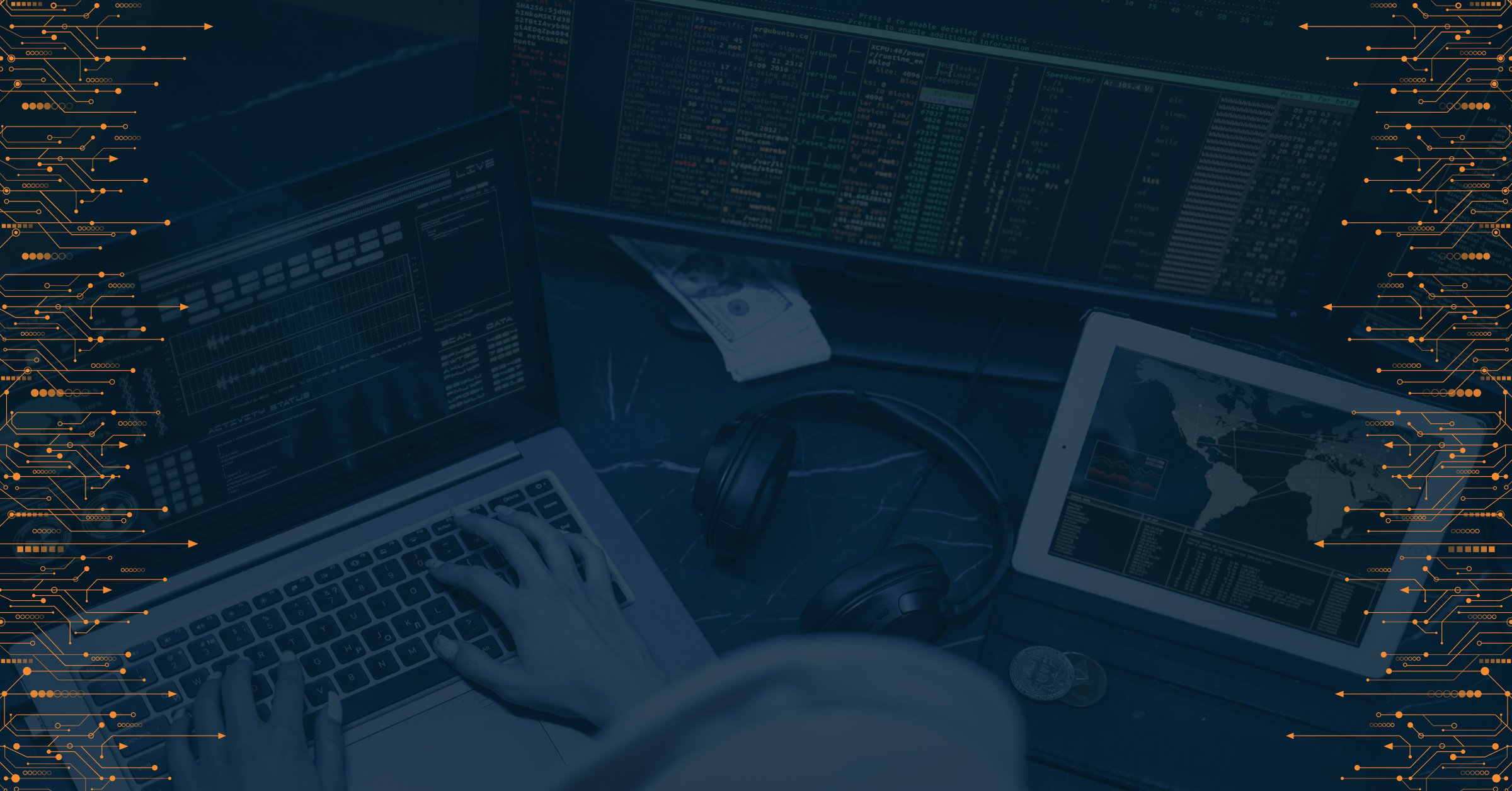


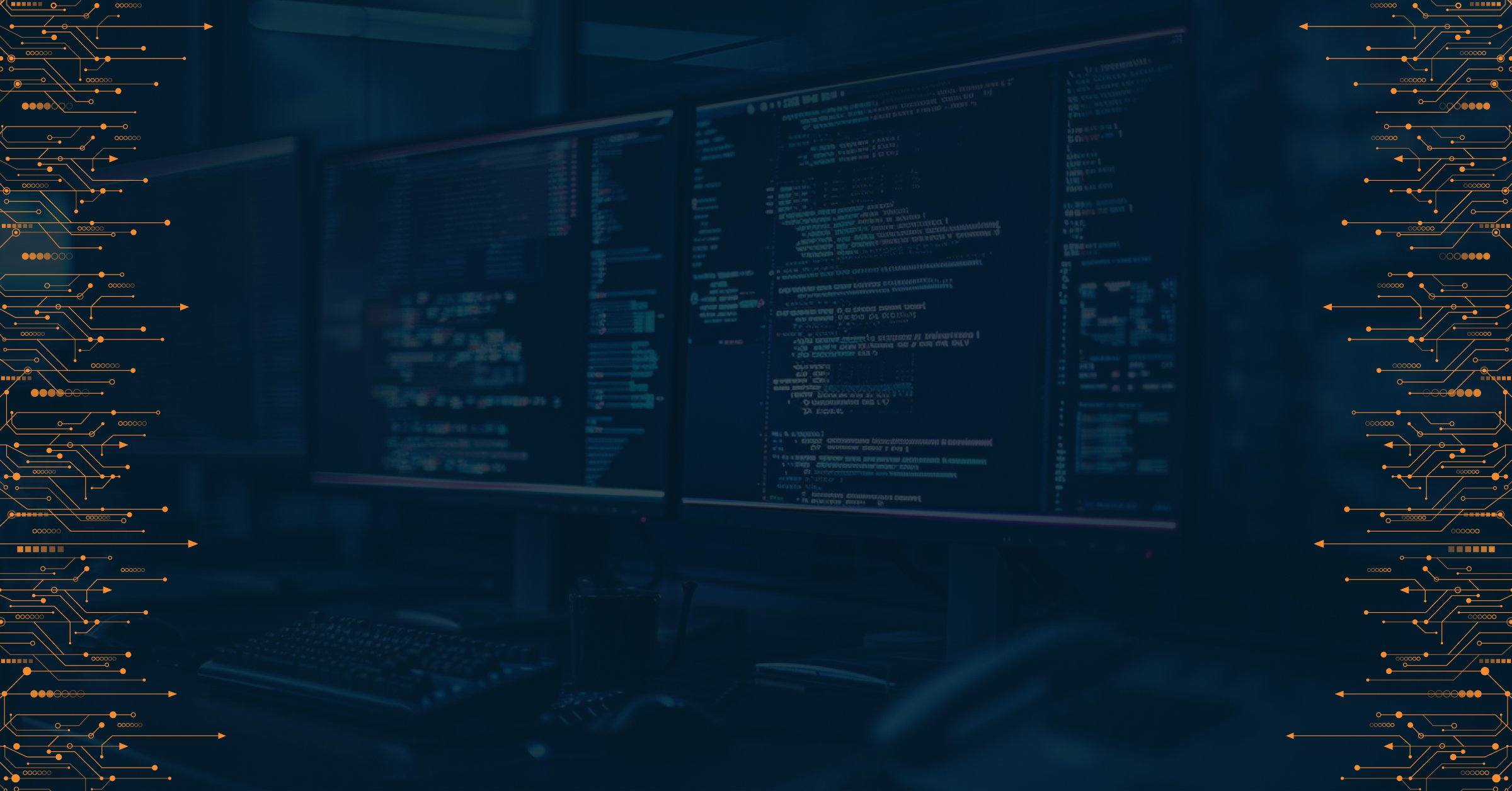



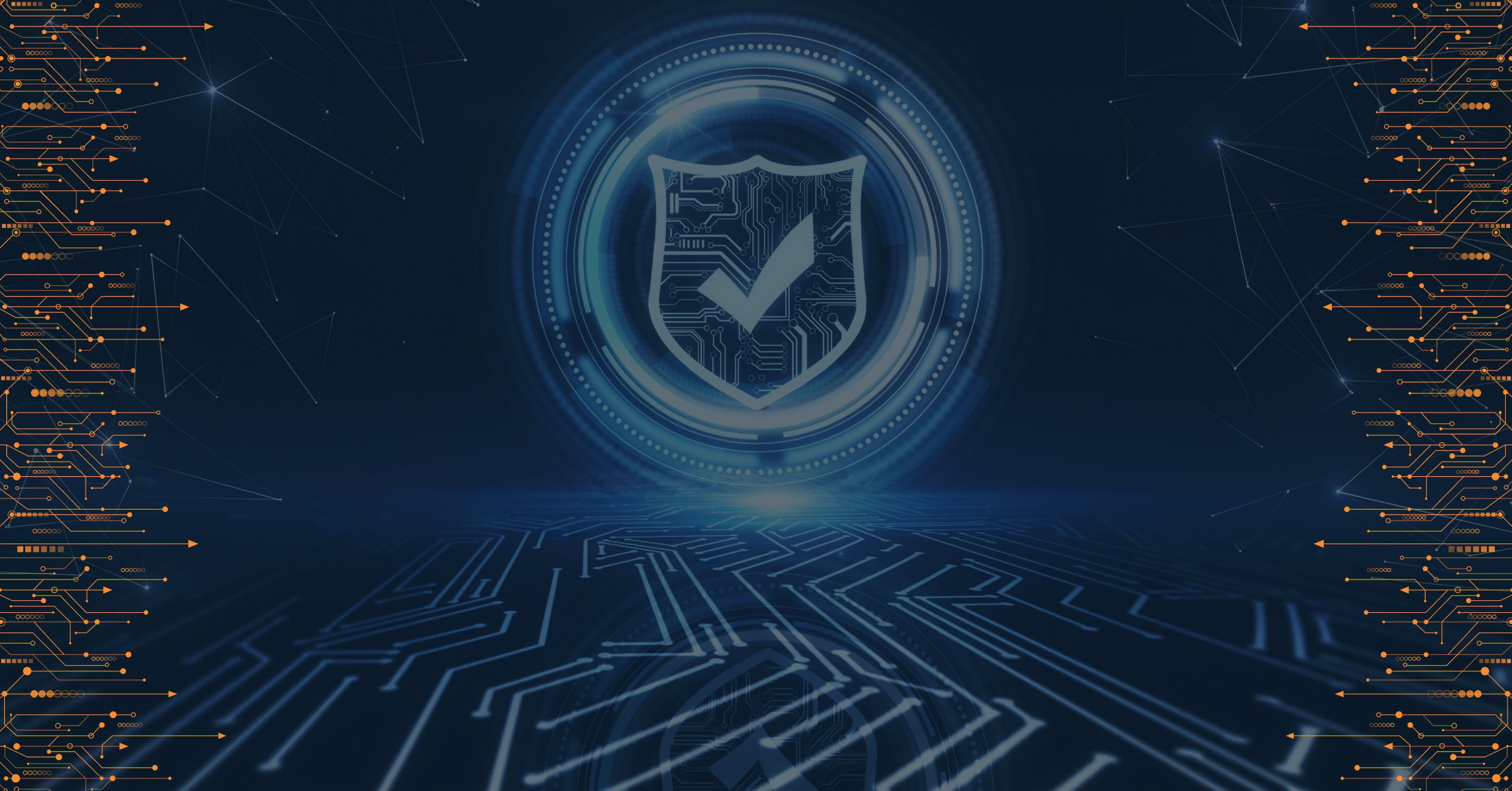
![What EU Businesses Need to Know to Ensure Efficient Compliance with The NIS2 Directive? [Part 1]](https://resources.prodaft.com/hubfs/Europian%201.jpg)
